Why it’s time to take alternatives to dark matter seriously
In 1969, the American astronomer Vera Rubin puzzled over her observations of the sprawling Andromeda Galaxy, the Milky Way’s biggest neighbour. As she mapped out the rotating spiral arms of stars through spectra carefully measured at the Kitt Peak National Observatory and the Lowell Observatory, both in Arizona, she noticed something strange: the stars in the galaxy’s outskirts seemed to be orbiting far too fast. So fast that she’d expect them to escape Andromeda and fling out into the heavens beyond. Yet the whirling stars stayed in place.
Continue Reading




















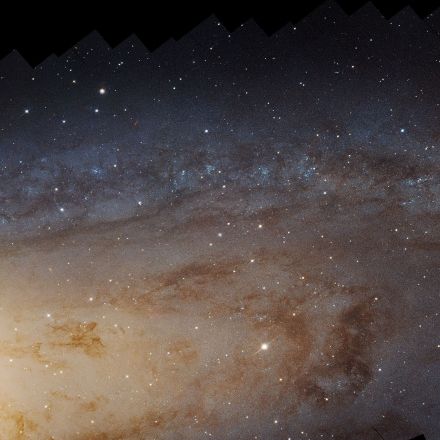


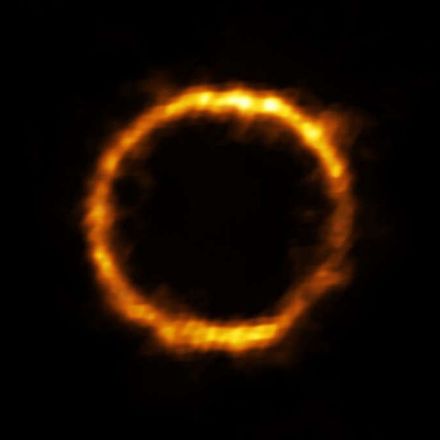
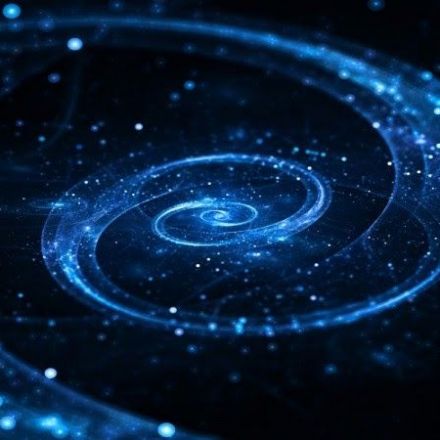
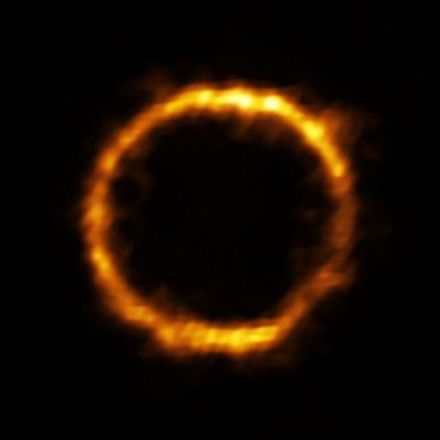
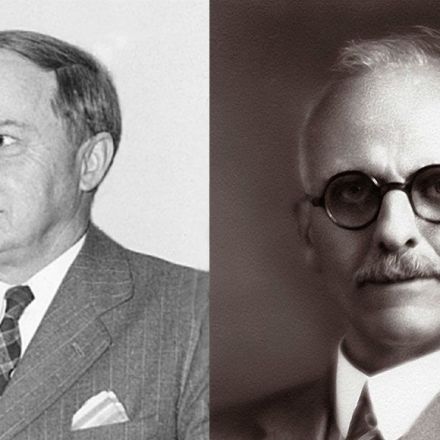
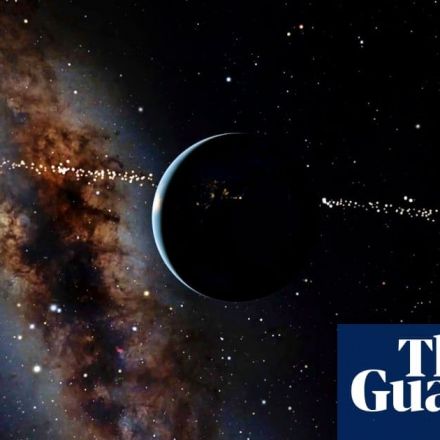
Join the Discussion